Quartzy: the utopia edition
Happy Friday!
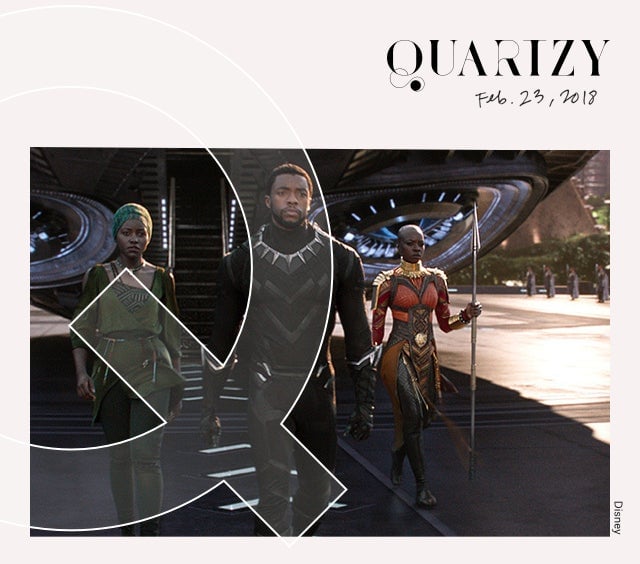
Happy Friday!
Like millions of other moviegoers, I saw Black Panther last weekend. I’m not generally a superhero movie person. But Black Panther is more than just a superhero movie.
The film’s setting, Wakanda, is an African utopia—a fictional piece of the continent untouched by colonialism and blessed with natural resources to fuel advanced technology. (The film also offered a glimpse of a better Hollywood, where a mainstream superhero movie could be led by a black director, star a mainly black cast, and crush opening box office records.)
For Quartzy, Adam Epstein wrote about how Wakanda elevated the entire Marvel Universe. For Quartz Africa, Lynsey Chutel and Yomi Kazeem broke down the real tribal garb—from Basotho blankets to Zulu isicolo headdresses—echoed in what the Wakandans wore, and along with Abdi Latif Dahir dissected the imaginary nation’s politics. Very Smart Brothas’ Damon Young called Wakanda “perhaps the best depiction of Afrofuturism ever captured on film,” citing the “modern technology perfectly weaved in to cultural tradition,” and hypothesizing about the bottomless brunches sure to exist in such a perfect place.
You’re likely to hear more about afrofuturism—a cultural movement that combines elements of sci-fi and magical realism with African history, pride, and optimism—with director Ava DuVernay’s adaptions of A Wrinkle in Time and sci-fi writer Octavia Butler’s Dawn on the horizon.
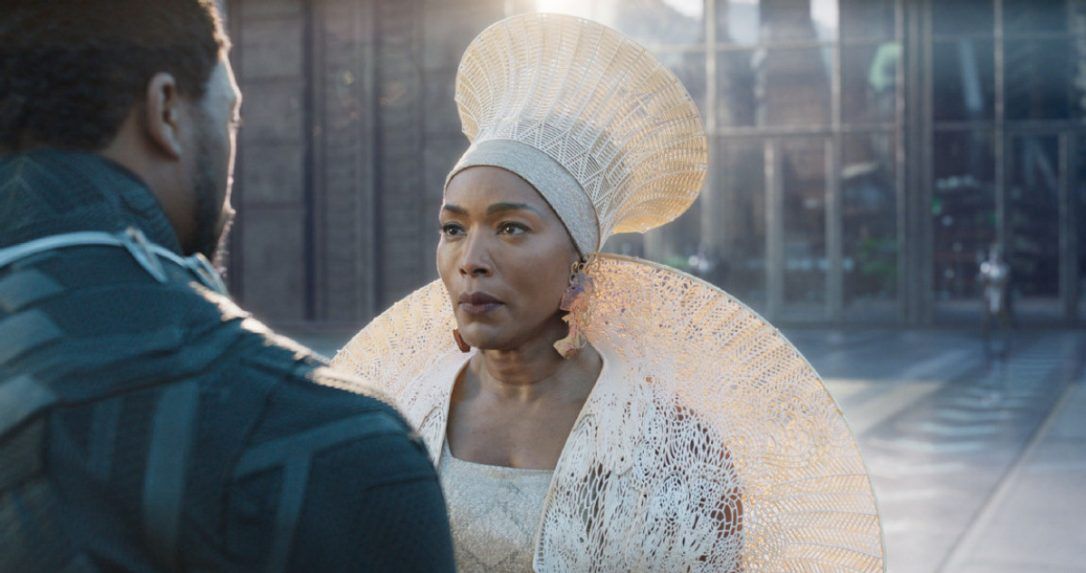
For an introduction to afrofuturism, check out “We Are in the Future,” an excellent episode of This American Life, that takes listeners to the Detroit of today, the Virginia of yesterday, and an alternate reality in the depths of the ocean, where children thrown from slave ships have survived and established a black Atlantis.
Speaking of imagining a better world, the students from Marjory Stoneman Douglas High School, where a gunman killed 17 students last week, have emerged as fierce and eloquent leaders in the fight for gun control in the US—walking out of school, speaking at rallies, confronting Florida legislators, and addressing US president Donald Trump.

In their speeches, the teens have reminded us that their youth may be their greatest strength in the fight for gun control. Said Delaney Tarr, a high school senior: “This movement, created by students, led by students, is based on emotion. It is based on passion and it is based on pain. Our biggest flaws—our tendency to be a bit too aggressive, our tendency to lash out, things that you expect from a normal teenager—these are our strengths. The only reason that we’ve gotten so far is that we are not afraid of losing money, we’re not afraid of getting reelected or not getting reelected, we have nothing to lose. The only thing we have to gain at this point is our safety.”
As Thu-Huong Ha wrote, the superpowers inherent to youth shouldn’t surprise any lover of literature. “Fiction is littered with brainy kids who see clearly where fumbling, unimaginative adults can’t: Encyclopedia Brown, Nancy Drew, even the mystery-busting gang surrounding Scooby Doo,” she writes. “In the Hunger Games series, adults and authority figures are more than incompetent; they are easily corrupted and will resort to their own violent agendas every time.”
The countryside as utopia. Especially for those of us in cities, it’s easy to romanticize a life in the country, or even just a slightly quieter or sunnier place. Sarah Todd wrote about making about her own move to the Berkshires in Massachusetts in her late 20s—not by choice, but because post-recession, it was the place she found a job.
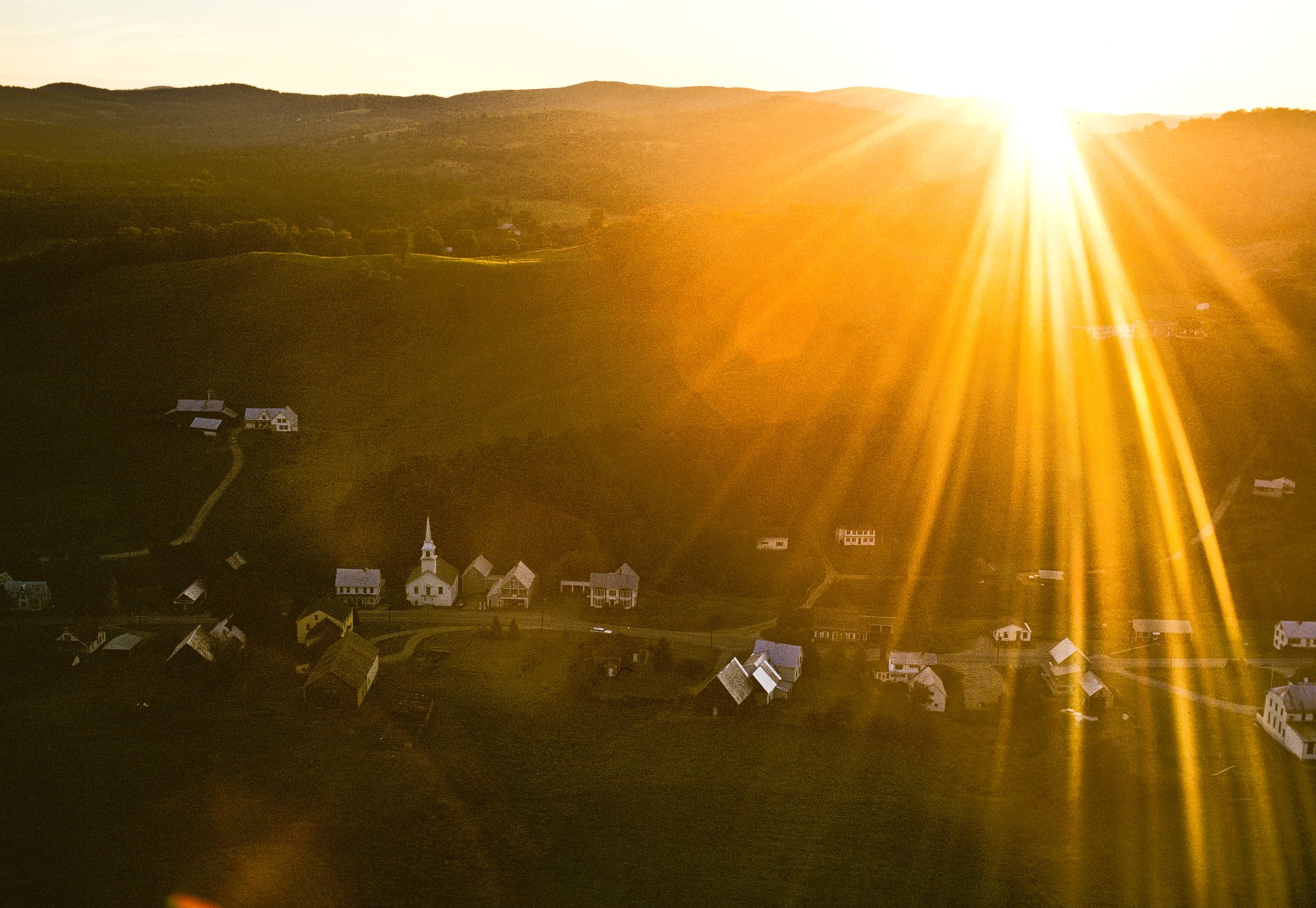
I love a city-girl-makes-good-in-the-country narrative, but Sarah gave us a slightly more complicated story, writing about how all that space and quiet made room for her doubts, loneliness, and bigger questions to creep in. It’s a lovely read, and a reminder that making a little room for that sort of insecurity—and leaning into it—can serve one well in the long run.
As Tim Wu wrote in another thought-provoking piece last week, “The Tyranny of Convenience,” for The New York Times, “Sometimes struggle is a solution. It can be the solution to the question of who you are.”
And when you’re ready for a break, have a beer in the shower. This is not about convenience; it’s about creating your own personal utopia, even if that utopia is limited to a 3-by-3-foot shower stall where you can drink a cold beer while hot water runs down your back.
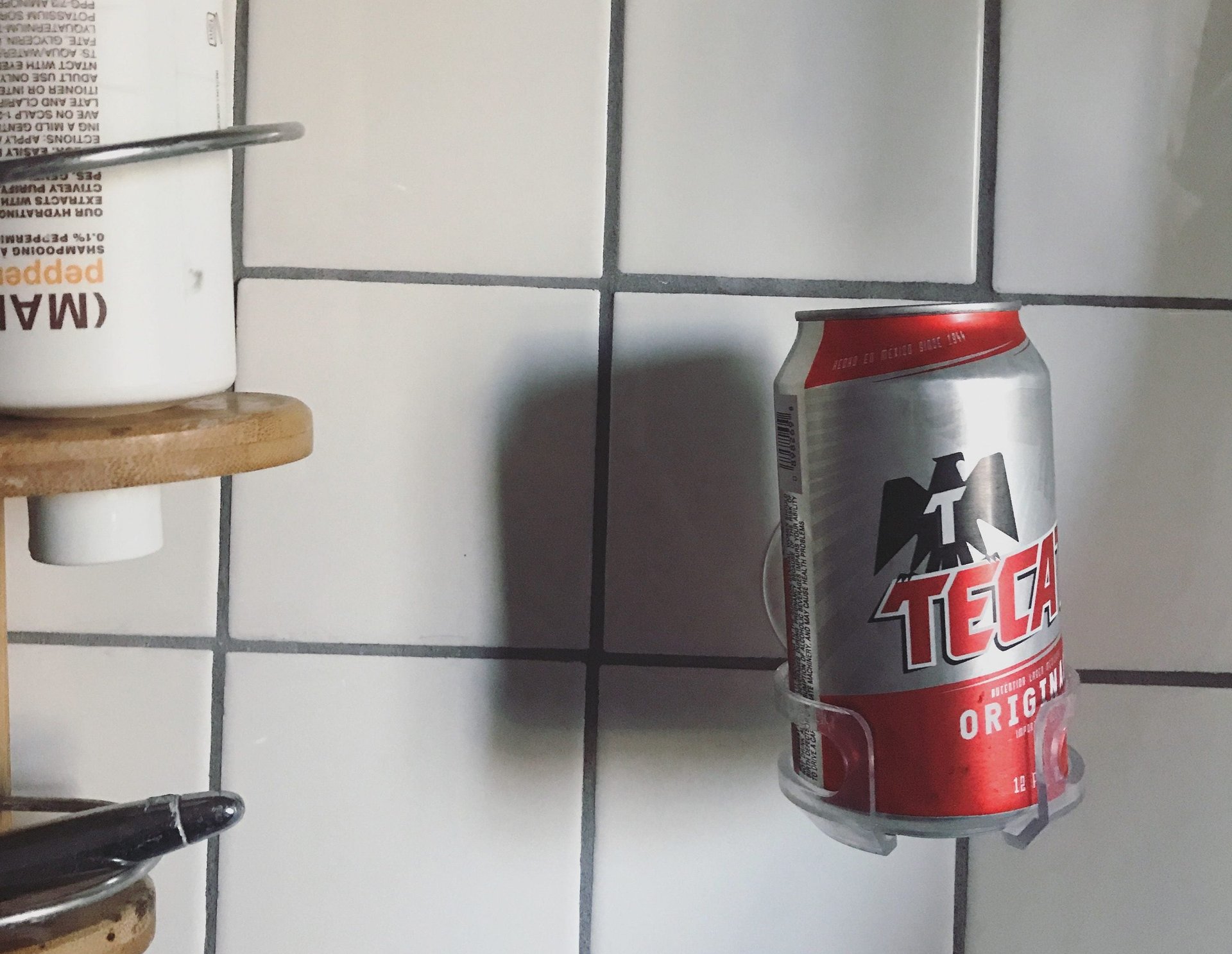
I received this shower-beer caddy (which can double as a bath-wine caddy) as a gift a few months ago. Using it makes me feel like I am on vacation, or back in college—or both!—and reminds me that even if only within a tiny square of the universe, I can create my own piece of paradise.
May you find your own proverbial shower beer, and have a great weekend!
[quartzy-signature]

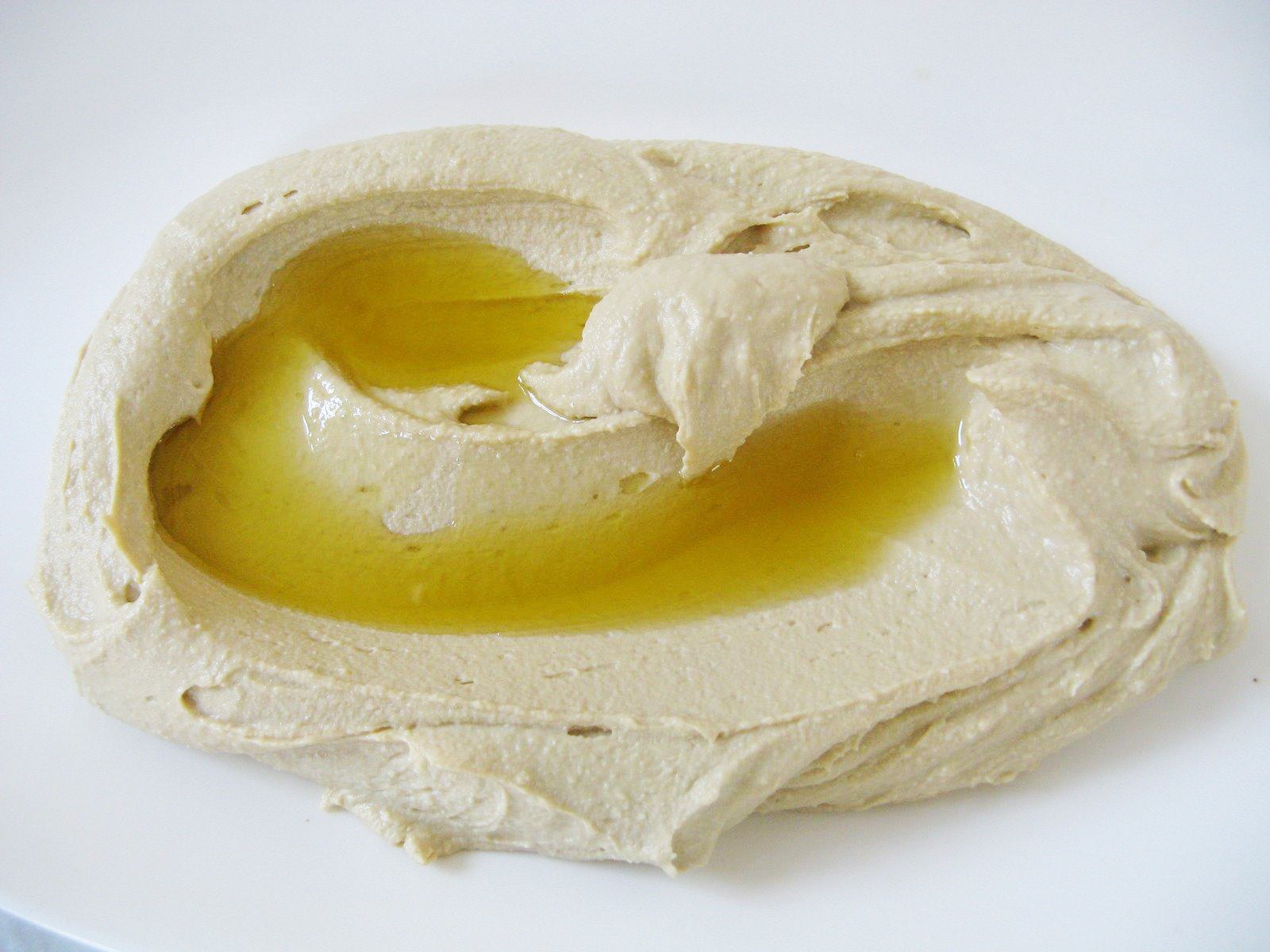
Hippie Food and hummus. Annaliese Griffin dove into a deep, creamy pool of chickpeas and tahini last week, investigating mysteries like: How did such a rich, elegant, and sexy staple of Middle Eastern cooking end up as a grainy, citric-acid-tinged dip in the US, relegated to languish in grocery store tubs? Part of the answer lays in Hippie Food, How Back-to-the-Landers, Longhairs and Revolutionaries Changed the Way We Eat, a new book by Jonathan Kauffman, which gave Annaliese the opportunity to unearth a sense-memory of a 1990s-era veggie sandwich: “A thick layer of garlicky chickpeas, smooshed to the consistency of mashed potatoes cemented cucumbers, sprouts, tomatoes and havarti cheese between two slices of wheaty, seedy bread, avocado optional.”
But perhaps most importantly, Annaliese reminded us of a deep truth from hummus and life in general: “Simple doesn’t mean easy.” She also scored a recipe to save us from mediocrity, from Tahini author Adeena Sussman. You’ll find it at the bottom of Annaliese’s story.